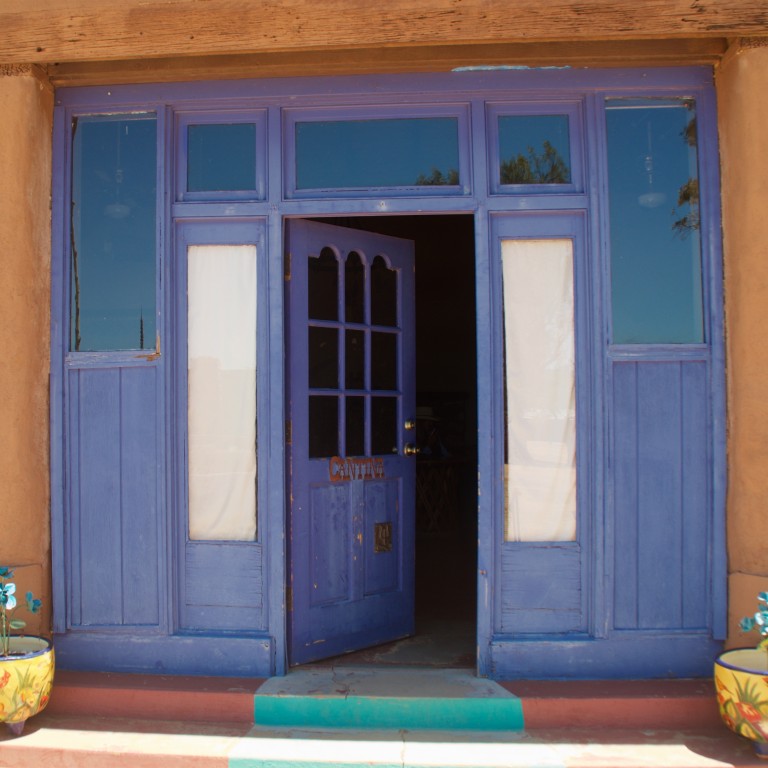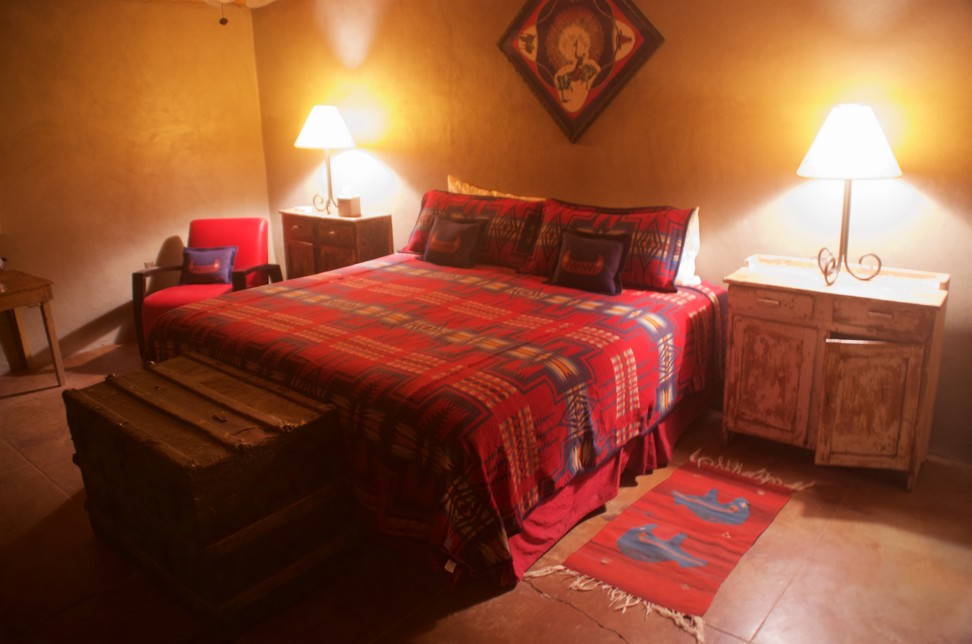
At historic Arizona ranch on the border with Mexico, follow in the footsteps of US presidents and a certain John Wayne
- Rancho de la Osa’s guests have also included writer Margaret Mitchell and actor Joan Crawford
- Guests today can experience the majesty of the desert on horseback, visit an Indian reservation and enjoy panoramic views over the wall into Mexico
Off to play cowboys and Indians, dude? It’s “native Americans”, if you please, and Rancho de la Osa isn’t a dude ranch, but a guest ranch. This is no Johnny-come-lately experience manufactured for city slickers, but one with considerable history. Its cheerfully decorated adobe structures include the oldest continually occupied building in Arizona. Built as a mission by the Jesuits in 1725, it now serves as a bar; the priests must be turning in their graves.
What’s the difference between a dude ranch and a guest ranch? That’s open to debate, but in general, dude ranches concentrate on horses while guest ranches offer a wider range of activities. Also “dude” sounds a little dismissive.
But I could go for a ride? Certainly. The staff encourage the inexperienced, and live and breathe horses; one of them rides at competition level. But this is a working ranch, with its own small herd of cattle, and while there are simple rides out around the property, there’s also the chance to learn the real-world use of horses to manage livestock.
As well as horses for beginners – think sofas with long legs – there are the equine equivalent of Ferraris. There’s no better way to experience the desert landscape, with its pretty palette of creamy pink soil, pale grasses, feathery green shrubs and giant saguaro cactuses, than from the back of a horse.

“I’ve been through the desert on a horse with no name …” But if this is a desert, what’s all this talk of green shrubs? A desert is any place with limited rainfall, not just those with limitless sand. After spring rains or the summer monsoon, there’s a quick, colourful flowering. At other times, plants struggle. But the land still supports plentiful wildlife, both on the ranch and in the neighbouring Buenos Aires conservation area, to which guests have full access.
On one of the winding walking routes up to surrounding high ground, there’s a chance visitors will spot javelina (a pig-sized mammal hated by horses), pronghorn antelope, two types of deer, desert tortoises and even bobcats and mountain lions. And there are panoramic views over the wall into Mexico.
The Great Wall of America we’ve heard so much about?Here, it’s a fence of upright metal slats decorated with razor wire. But 3km from the official crossing, at the nearby hamlet of Sasabe, it stops dead, at the edge of a transborder reservation.
An Indian reservation? Can we visit? The ranch offers trips into the reservation to see petroglyphs and visit one of Arizona’s many ghost towns. It’s a mournful site, a small huddle of remnant walls in a narrow gully alongside a now-dammed stream. There’s more history back at the ranch, which opened to visitors nearly a century ago.
Guest luminaries have included United States presidents Franklin Roosevelt and Lyndon Johnson, writers Zane Grey (Riders of the Purple Sage, 1912) and Margaret Mitchell (Gone With the Wind, 1936) and film stars Joan Crawford and John Wayne.
We’re not likely to bump into them now, though. Obviously not, although the pleasingly rustic nature of the rooms suggests a cigarillo-chewing Clint Eastwood might kick the door open at any minute. The stars’ presence survives in framed photographs hung around the warm, rag-worked pink-and-ochre walls of the main building. In 1916, Mexican revolutionary Pancho Villa tried to reclaim the land from the hated Yanquis. But the adobe withstood his cannon, and he was driven off. Two heavy-to-handle iron balls dug out of the walls are on display.

What else is there to do? This is hunting territory, and it’s Arizona, so there’s shooting available – in the confinement of a range, and mercifully out of earshot. More in keeping with the general tranquillity, there’s archery, too.
Just as I thought: cowboys and Indians. Not much in the way of nightlife, I imagine? There’s dinner, often of meat from the ranch’s own stock, grass-fed and non-medicated. An organic vegetable patch has been temporarily abandoned owing to deer nibbling the produce, but another one, with higher fences, is in the works. After dinner, cards and board games are available in the serve-yourself cantina. Many guests come just to enjoy the abundant sunshine and quiet. A book on the porch or beside the pool is quite enough excitement.
How about in Sasabe? Not nightlife, but afternoon life. The town’s single bar opens only on Saturdays, from 3pm to 6pm. There are nine bar stools, said to be exactly the number needed to serve the population.
How much would all this cost? About three hours’ drive south of Phoenix, Rancho de la Osa offers all-inclusive packages, beginning at US$185 per person, per night, or individual activities may be chosen à la carte.

